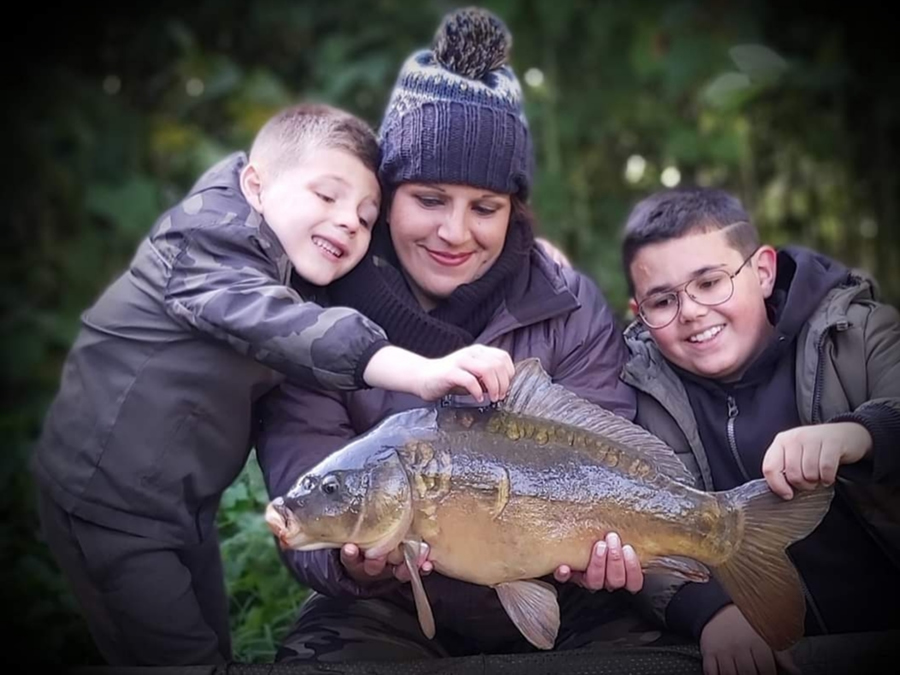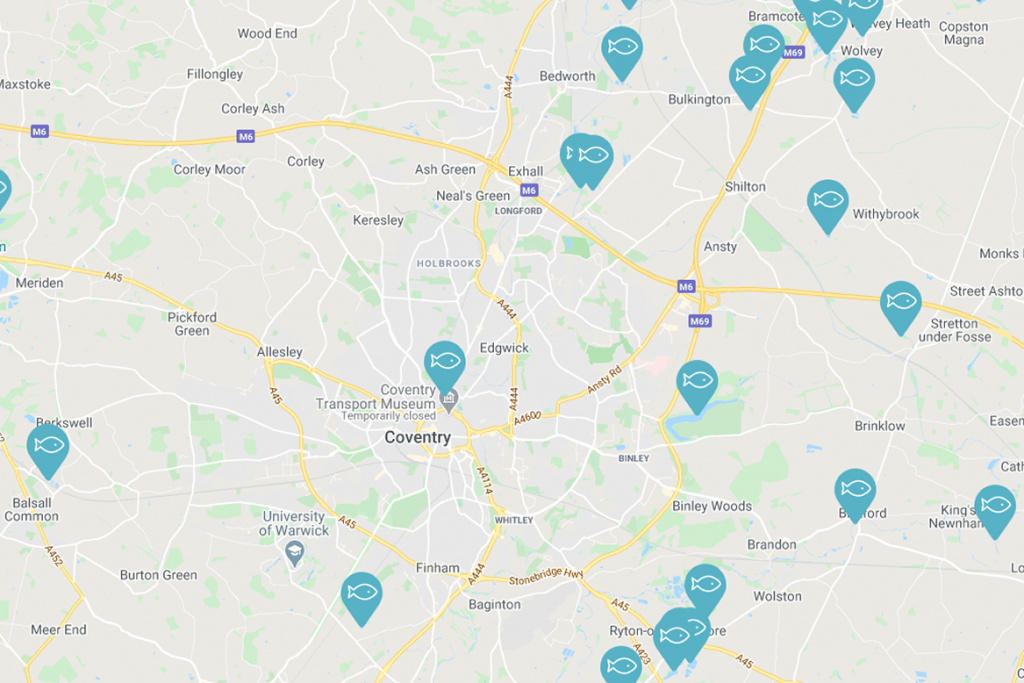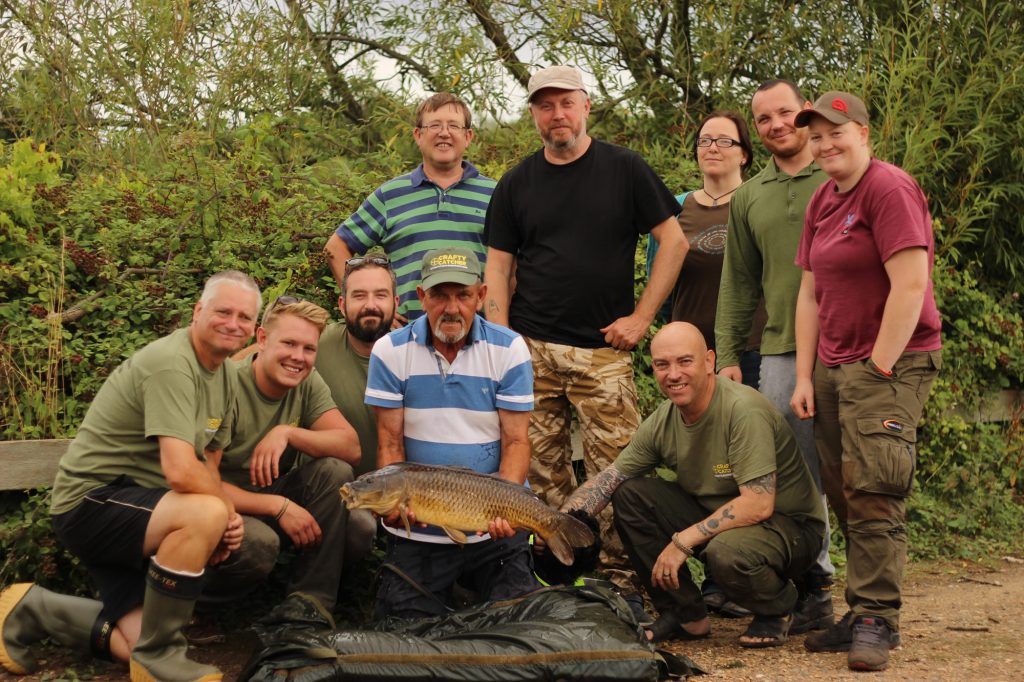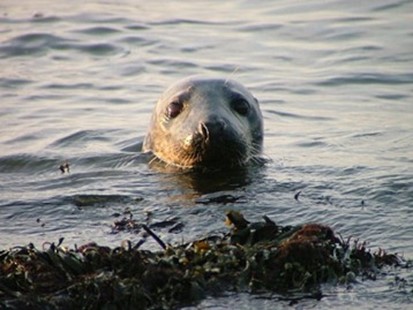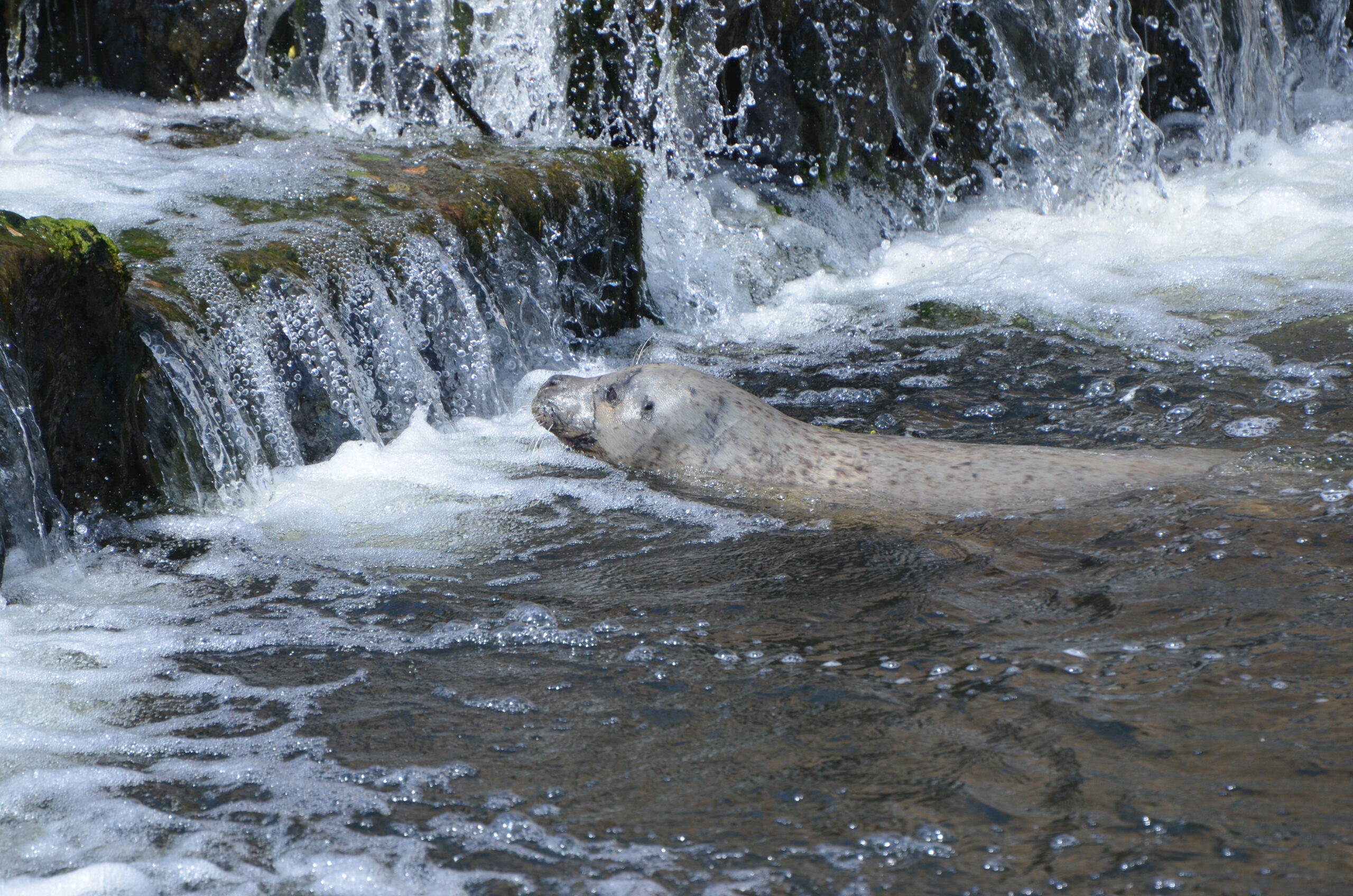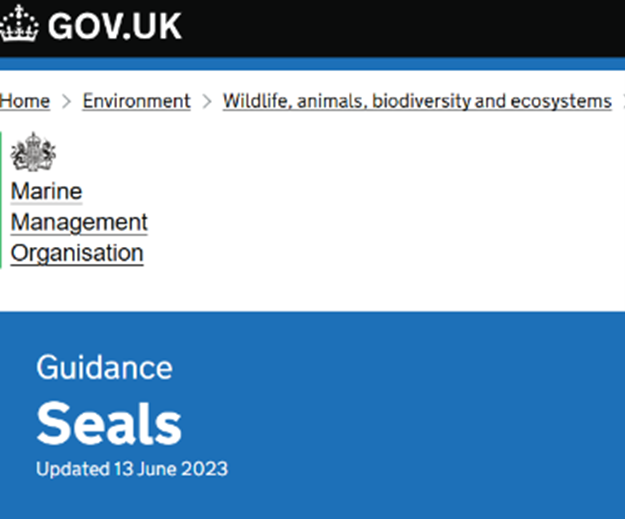Seals around the British Isles
Common and Grey Seals
There are two types of seal found around the British Isles – the common (harbour) seal and the grey seal. Both are relatively common and in certain areas are seeing their numbers increase – an issue which some say is responsible for reducing fish stocks and leads to concerns from sea and freshwater anglers alike. According to the Mammal Society the common seal is in fact less common in British waters than the grey seal, at about 55,000 compared with around 120,000 grey seals, but around Ireland the two species are more equally represented: about 3,000 common seals and 4,000 grey seals. Other species of seals, such as the harp seal, hooded seal and ringed seal are very occasional visitors to the British Isles, and any sightings of these species are extremely rare.


